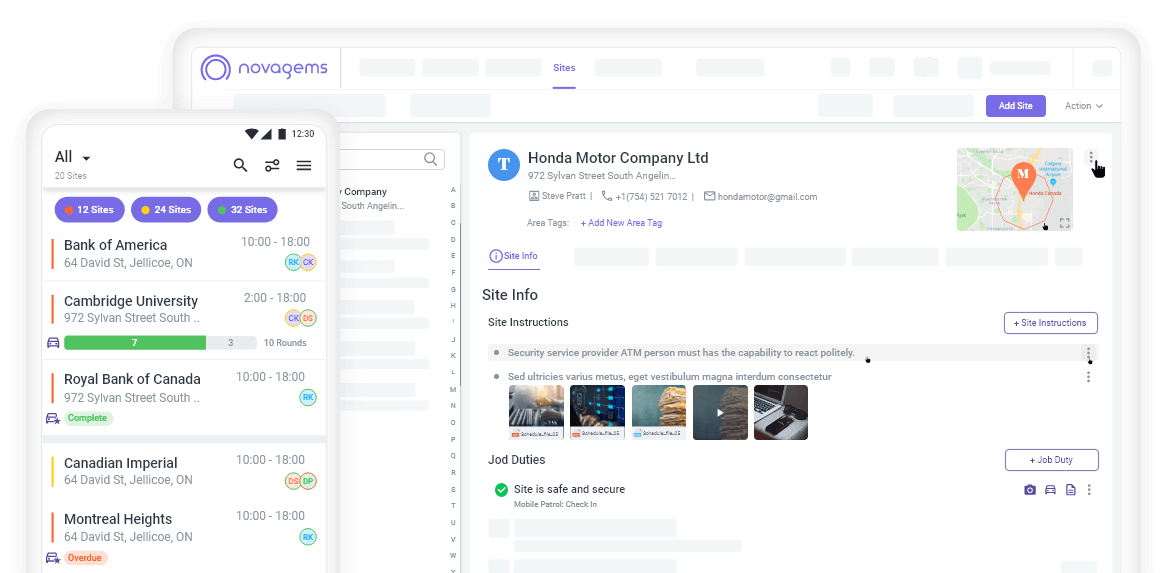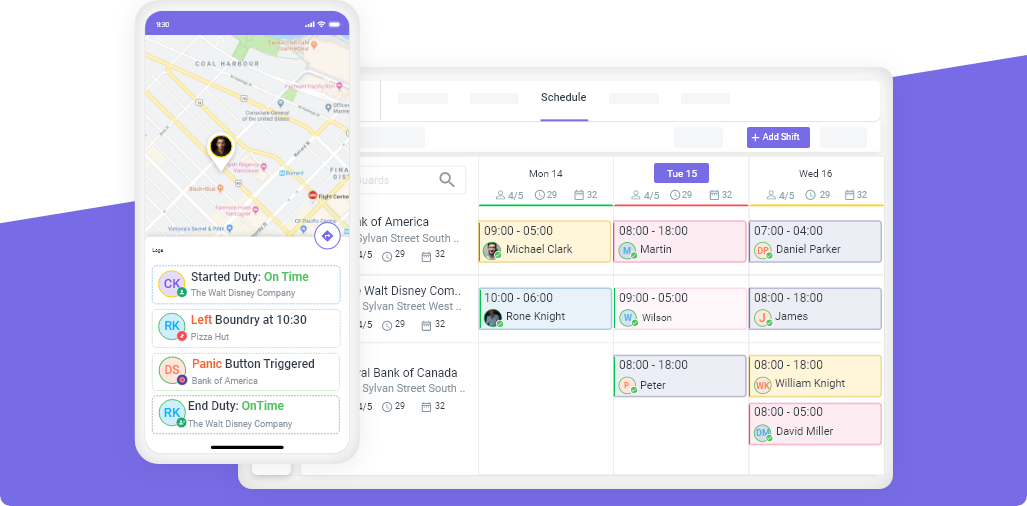How to Conduct Competitive Research of Your Competition
Mon, Aug 4, 2025
Read in 5 minutes
Doing a competitive analysis is a good way to learn about the market and your competitors. This helps you build your product and gain good profit easily.

Key Takeaways
- Competitive research helps you uncover what your competitors are doing right and wrong, so you can position your business more effectively.
- By analyzing your rivals’ product offerings, pricing models, marketing strategies, and customer feedback, you can identify gaps in the market you can target.
- Following the 4 P’s of marketing (Product, Price, Place, Promotion) ensures a complete analysis of competitor strategies.
- Customer reviews and social media comments provide honest insights into what real users want.
- Tools like SEMrush, SimilarWeb, Trustpilot, and Google Alerts help gather actionable data.
- Ongoing competitor research improves your product roadmap, content marketing, and pricing strategies.
What is Competitive Research?
Competitive research is the process of identifying key competitors in your industry and analyzing their strengths, weaknesses, strategies, and customer feedback. It’s often called competitive analysis or market intelligence and helps businesses make informed decisions based on real-world data.
With competitive analysis, you can learn:
- What your competitors are offering
- How they market their products or services
- How customers perceive them
- What you can do better or differently
This isn’t about copying, it’s about learning and growing smarter.
Why Competitor Analysis is Important for Your Business Growth
Businesses that conduct regular competitor analysis grow faster, avoid common pitfalls, and spot market gaps.
Here’s how competitive analysis fuels growth:
- Find out what works – Learn from others’ successes and failures.
- Uncover unmet needs – Spot gaps your competitors aren’t covering.
- Differentiate effectively – Improve your value proposition.
- React quickly – Stay ahead of market shifts and trends.
- Sharpen your marketing strategy – Learn what messaging resonates.
According to Crayon, 90% of companies say competitive intelligence has improved their win rates and market positioning.
Steps to Conducting Competitive Research
Breaking competitive research into structured steps helps you extract insights that can be acted upon confidently.
1. Identify Your Competitors
Start by determining which businesses directly and indirectly compete with you.
- Direct competitors offer similar products to the same target market
- Indirect competitors solve the same problems differently
- Emerging competitors are new entrants or startups
Tools to use: Google Search, SEMrush, Ubersuggest, Capterra, LinkedIn
2. Analyze Their Website and Messaging
Their website is a window into their strategy.
- Check how they position their product or service
- Explore how they describe their features and benefits
- Review their blog and navigation flow
- Observe calls to action and conversion techniques
3. Study Their Pricing Model
Understanding how your competitors charge customers can uncover gaps or advantages.
- Do they offer tiered pricing, freemium, or usage-based billing?
- Are they affordable or premium?
- Is their pricing public or hidden behind demos?
- Are they offering seasonal discounts?
4. Audit Their Content and SEO Strategy
Analyze what content performs best for them and how they’re ranking on search engines.
- What keywords are driving their traffic?
- How often do they publish content?
- Do they have a content cluster or topic pillar approach?
- Where are they getting backlinks from?
Tools: Ahrefs, SEMrush, Moz, Ubersuggest
5. Observe Their Social Media Activity
Social media activity reveals branding tone and customer engagement.
- Which platforms do they use?
- What’s the frequency and quality of their posts?
- Are they running paid ads?
- Do followers engage with their content?
Bonus: Use Facebook Ads Library to spy on competitor ad creatives.
6. Check Online Reviews
Online reviews are raw, honest, and valuable.
- Use platforms like Google Reviews, Trustpilot, G2, Capterra, and even Reddit
- Spot recurring complaints or praise
- Learn about the onboarding experience, support quality, or feature limitations
- Pay special attention to 2- and 3-star reviews, they are often the most constructive
Example: If customers frequently mention poor support on a competitor’s reviews, highlighting your 24/7 live support becomes a differentiator.
7. Compare and Document Your Findings
Don’t just research, organize everything for action.
- Create a competitor matrix comparing pricing, features, and strengths
- Note patterns in UX, positioning, and customer sentiment
- Update the matrix quarterly to track shifts in strategy
What are the 4 P’s of Competitor Analysis?
The 4 P’s of marketing: Product, Price, Place, Promotion, provide a full picture of your competitor’s approach.
- Product: What they sell and how it solves user problems
- Price: Their pricing model and value perception
- Place: Where and how they sell (online/offline, region, platform)
- Promotion: How they attract and retain customers through marketing
How to Use the 4 P’s in Your Competitor Analysis Strategy
Product
Don’t just look at what a competitor sells; study the customer experience around it.
- Are they bundling features or offering niche solutions?
- Is their mobile or desktop experience better than yours?
- Do they highlight product innovation in messaging?
Example: If multiple competitors offer real-time dashboards and you don’t, that’s a roadmap opportunity.
Price
Price is not just about numbers; it’s also about psychology and positioning.
- Do they emphasize ROI or cost savings?
- Do they charge for setup or onboarding?
- Is their pricing transparent?
- Do they offer flexible billing plans?
Companies that clearly communicate pricing convert much faster.
Place (Distribution)
Where a product is available affects market reach.
- Are they present on Amazon, the App Store, or partner marketplaces?
- Do they operate in a specific region or globally?
- Are they direct-to-consumer or selling via resellers?
Tip: Competitors expanding into a new region may signal opportunity or threat.
Promotion
How your competitors communicate and sell reveals brand intent and strategy.
- What channels are they using?
- Do they use emotional or technical language?
- Are they investing in influencer campaigns or affiliate programs?
- How consistent are their brand visuals?
Learn from their top-performing content and ad strategies to refine your marketing strategy.
Common Mistakes to Avoid in Competitive Analysis
Avoid these pitfalls for better results:
- Ignoring smaller niche players who innovate faster
- Only focusing on feature comparison—read user sentiment too
- Blindly copying strategies without context
- Forgetting to act on your research findings
- Failing to monitor emerging competitors regularly
Final Thoughts
Competitive research is not a one-time task—it’s a strategic habit. By using the 4 P’s of marketing and focusing on real customer feedback, you gain insights that can sharpen your offerings, improve customer experience, and increase your market share.
Use tools like SEMrush for SEO, Trustpilot for reviews, Meta Ads Library for ad tracking, and keep updating your research matrix every quarter. The more you learn about your competition, the better positioned your business will be to stand out and grow sustainably.
Get a Free Trial
Sign up For Newsletter
Latest Blog Posts
Get Started
Start being productive & grow your business
with Novagems





